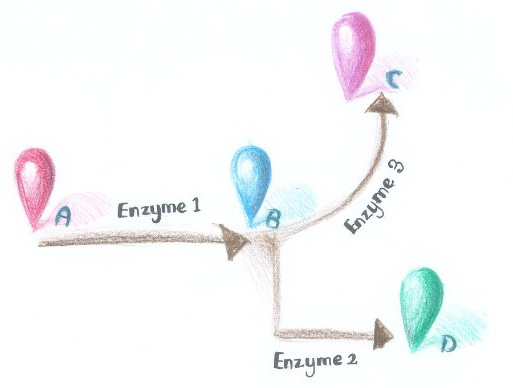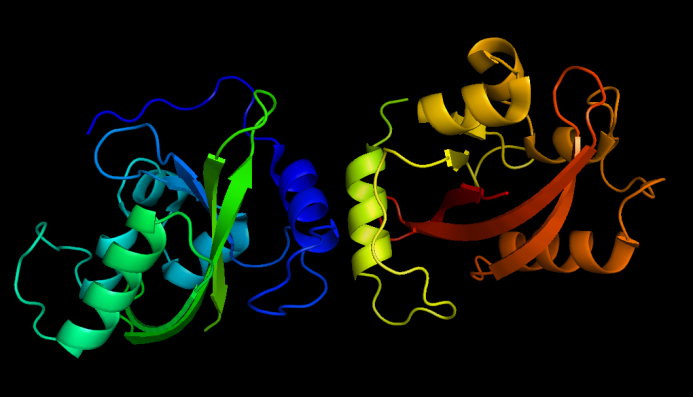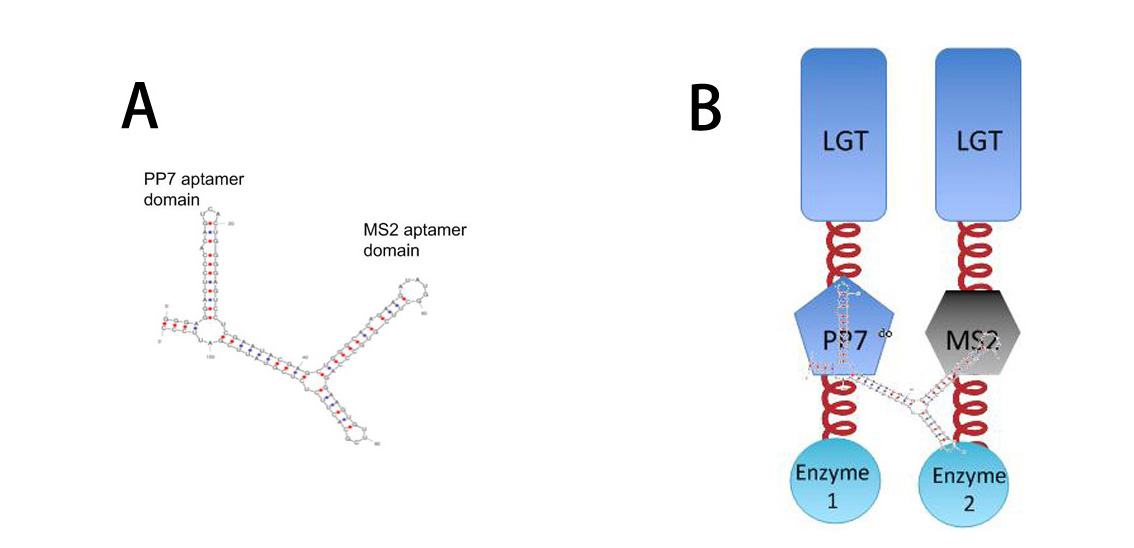Team:SJTU-BioX-Shanghai/Project/project1.3
From 2012.igem.org
(Difference between revisions)
AleAlejandro (Talk | contribs) (→Membrane Rudder) |
AleAlejandro (Talk | contribs) (→Transcription Signal) |
||
| Line 48: | Line 48: | ||
==Transcription Signal== | ==Transcription Signal== | ||
| - | [[Image:12SJTU RNASIGNAL.jpg|thumb|400px|center|''Fig.10'' :A: Sketch of signal RNA molecule which consists of PP7 and MS2 aptamer domains. | + | [[Image:12SJTU RNASIGNAL.jpg|thumb|400px|center|''Fig.10'' :A: Sketch of signal RNA molecule (called D0) which consists of PP7 and MS2 aptamer domains. |
B: Through fusing PP7 and MS2 protein to our membrane device, RNA molecule in Figure A can function as a bridge to connect different proteins, thus decreasing distance between corresponding proteins.]] | B: Through fusing PP7 and MS2 protein to our membrane device, RNA molecule in Figure A can function as a bridge to connect different proteins, thus decreasing distance between corresponding proteins.]] | ||
| - | So far, ''Membrane Accelerator'' and ''Membrane Rudder'' is generally about posttranslational control over the host cell. To connect | + | So far, ''Membrane Accelerator'' and ''Membrane Rudder'' is generally about posttranslational control over metabolic flux of the host cell. To connect this relatively isolated system to its genetic circuits, we employed RNA signal, which is present in cytoplasm. When certain RNA molecule with dimerization domain is present in cells, its cognate binding proteins can thus dimerize with each other, accelerating certain pathway. |
| - | + | More strikingly, by now, if we want to assemble certain proteins through external signal, we need to find corresponding signal-induced dimer or oligomer. But if we place RNA D0 under control of promoters that can be regulated by various signals, | |
| - | + | ||
| - | + | ||
| - | + | ||
| - | + | ||
| - | + | ||
| - | + | ||
| - | + | ||
==Chemical Signal== | ==Chemical Signal== | ||
Revision as of 21:36, 26 September 2012
 "
"


